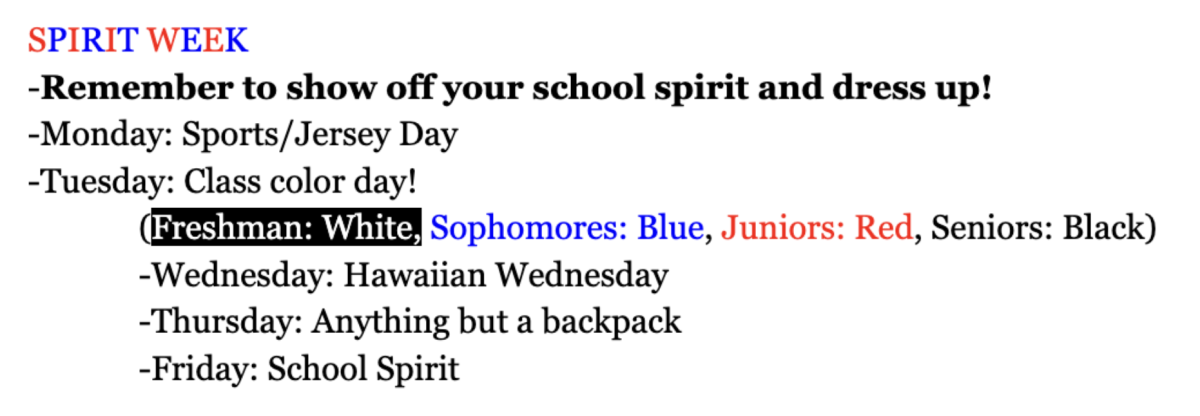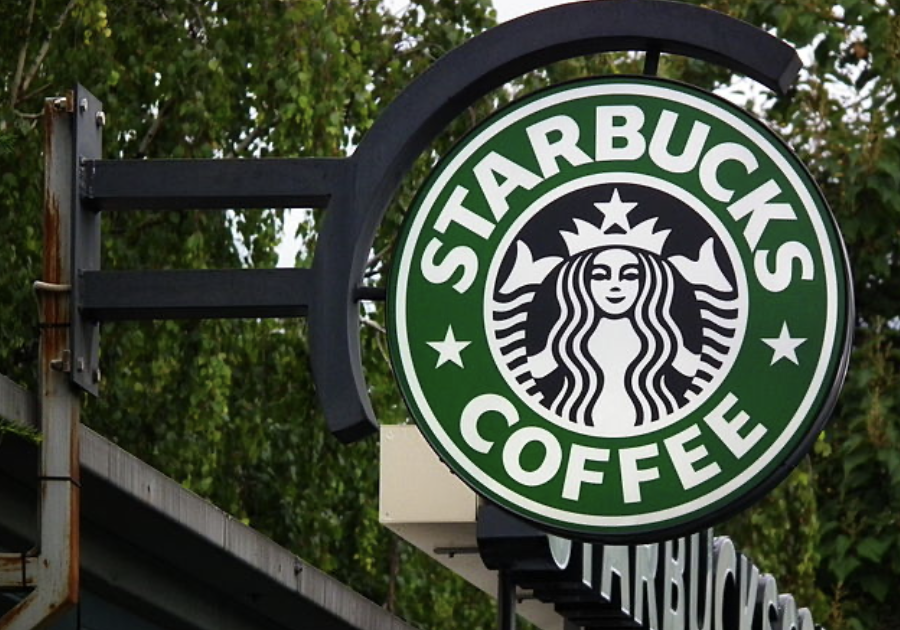 Jovel Quierolo
Jovel Quierolo
Sacred Heart Editor
Bottled water is no longer included in students’ meal plans for lunch in the cafeteria, but the thirsty can fill biodegradable cups or their own bottles from coolers of filtered water the Eco-Council organized around the lunch area to reduce the number of 8-ounce water bottles ordered.
The change was made by TASTE, the schools’ catering program, at the suggestion of the council’s water subcommittee after discovering that 784 bottles were distributed each week in March.
Many students did not hear about the change.
“I think there have been attempts for our school to go green but hope that the school makes a bigger effort to let us know what’s going on and to get students involved,” said junior Laura Venner, who regularly gets lunch from the cafeteria but had not noticed the coolers or disappearance of the smaller water bottles.
The community of schools on the Broadway campus has made progress in creating a greener school with a variety of successful projects and the work of the Eco-Council, but many students, who would be enthusiastic about supporting green efforts, are not aware of the progress being made.
“I think we have great potential to be a green school,” said junior Kelsey Vickery. “Publicity of the projects needs to increase and our entire school could participate in environmental projects like getting water bottles for everyone. The action is not automatic here.”
The water project was lead by Sr. Anne Wachter, RSCJ and the water subcommittee of the Eco-Council that also had filters installed on sinks in the Grant Building and at Herbst House for drinking water. The Flood Mansion’s pipes that may have traces of lead are undergoing chemical testing for drinking quality.
The council was founded last spring to create a more eco-friendly school community and its water project is directed at decreasing waste. Americans on average nationwide each drank about 167 bottles of water in 2006, but only recycled an average of 23 percent, according to ALA Recycling Industries, leaving 38 billion water bottles in landfills.
Although the school communities cannot make a huge impact on decreasing harmful waste accumulation, being aware and understanding the importance of caring for the earth is important, according to Ray Cinti, a leader on the subcommittee for Alternative Energy.
“Ecological and environmental awareness in the classroom fulfills a school Goal of ‘social awareness which impels to action,’” said Cinti, who chairs the science department. “When I heard about the council, I felt the need to be involved. As a teacher, this is a part of educating the whole person.”
Students also feel the need to be involved, but the pace needs to increase in addition to student involvement, according to sophomore Francesca Incerty.
“The high school is doing something,” said Incerty. “But people want to change how things are now because our environment is so important. We are doing things to improve knowledge about global warming through clubs like 350 and getting students on the Eco-Council. But we need to be faster. Way faster.”
Goal Three — “A social awareness which impels to action” — involves a sense of urgency, according to Eco-Council member Arnaz Raj.
“‘Impel’ implies a sense of urgency, but it is taking years to get an effective recycling program,” said Arnaz, who also teaches the sixth grade at Stuart Hall for Boys.
Arnaz helps supervise the sixth grade boys’ recycling program that had disappeared with time. Once a week, his students collect recycling from the boys’ classrooms.“What I hope to see is for us to take leadership in these matters as opposed to resisting them or being reluctant,” said Arnaz. “It’s really an opportunity for us to work together, to exhibit communication and community, these things we talk a lot about. It shouldn’t be that hard and it needn’t be expensive.”
Other successful projects in the past year include the installation of energy efficient fixtures and ballasts that have lowered energy cost, the presence of reusable paper trays in classrooms and most recently a bus pool that encourages students and faculty to walk or take the bus to school.
The initiative, part of an Earth Week celebration, made a noticeable impact on the morning drop off traffic, but the Earth Week celebration and Arnaz’s sixth graders are projects coming from the lower schools.
“I think that considering we are older, we should be taking more charge and responsibility,” said freshman Becky Lee.
The relatively young Eco-Council is still working through communication barriers between schools, administrators, teachers, maintenance and students and is open to student involvement.
“If students let their teachers and administrators realize the importance of a sustainable campus paired the living out goals of the school, we can have a groundswell of support in making a more green and sustainable campus,” said Arnaz.
Next year, the Eco-Council plans on including more students increasing awareness and involvement. Freshman Naomi Kunstler overheard news of the water bottle changes while standing in the lunch line.
“I was lucky, but someone should really talk to the [Student Council] secretaries so developments show up in the Cubbyhole or the big screen in the Center,” said Kunstler. “They should also tell us what’s compostable because some people really don’t know. We can’t do anything, even if we care about the environment, if we don’t know what’s going on.”








